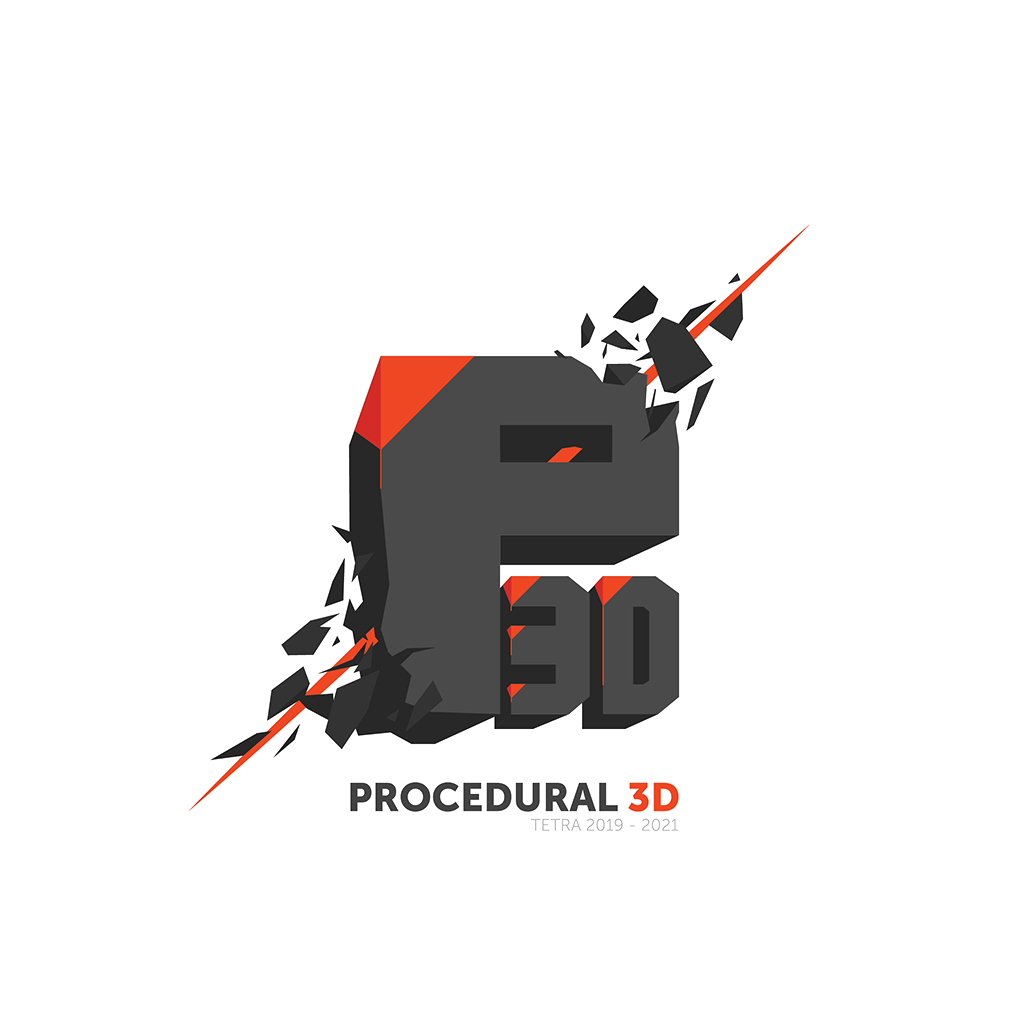Simulating plant growth has had social and scientific relevance for a long time for various purposes, mainly for agriculture. This takes into account the biological research that shows the influence of the plant hormone auxin on growth. This knowledge has been converted into a mathematical model for the simulation of leaf growth. In addition, a growth function, which is influenced by auxin maxima on the leaf margin, determines the shape of the leaf. The literature describes techniques that are biologically accurate, but are not intuitive due to their complexity and are also time-intensive. Simplified models can be found, but often lack identifying characteristics, such as serrated edges around the blade and true-to-life veining. For this use case, the mathematical model of leaf growth and shapes from Runions et al. was used in combination with a simplified leaf shape.
The use case was developed using Python. In this way, the result can be used in various 3D software programs. A 2D representation was used to generate the initial leaf arrangement based on conversion points. The formulas for leaf directional growth and leaf margin growth were then applied. Finally, the venation algorithm was converted to this 2D representation. In Houdini, the 2D was converted to a 3D model and, based on the parameter from the venation algorithm, it was converted to maps to create materials.
Soon you will be able to find the pdf of the paper below with all the details about the algorithms used and the mathematics behind them.
This case was elaborated by Vera Grosskop.


